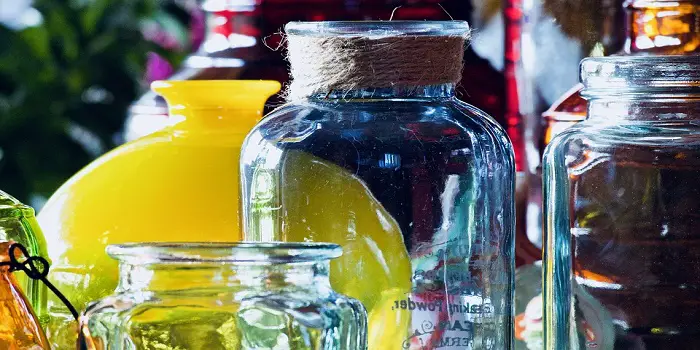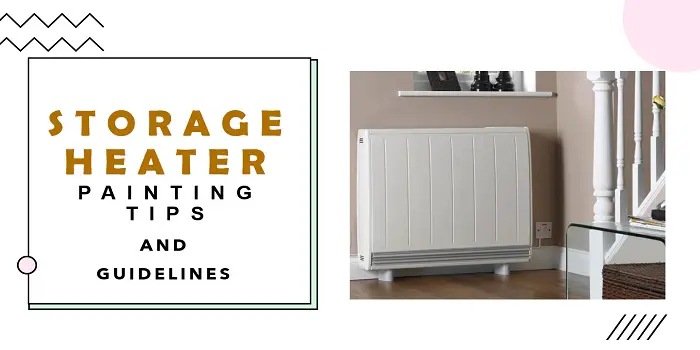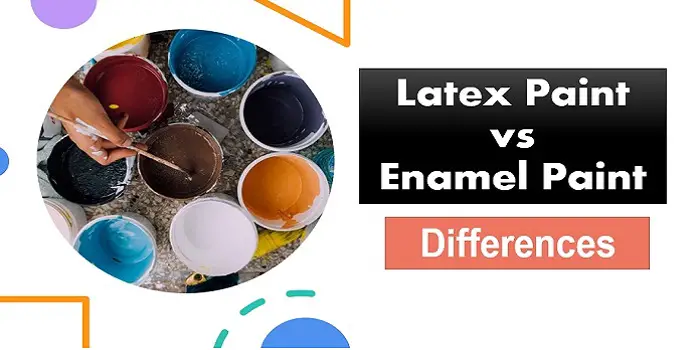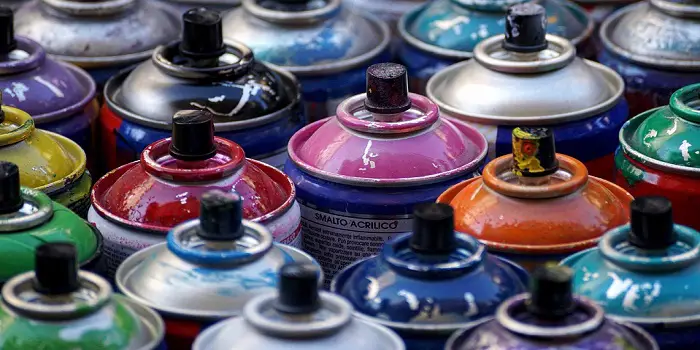
The purpose of a primer is to provide a surface sticky enough for the paint to adhere properly.
The paint must also match the color of the primer so that it doesn’t show through once the coat has been applied.
Kilz primer has the added features of stopping pencil marks and stains from sticking to the surface.
You can find Kilz as a water or oil-based primer, and it is quite popular.
Unfortunately, if the primer finds its way to your skin, it can be quite irritating.
Regardless of how it got there, you need to remove it quickly.
What follows are ten ways you can get Kilz primer off your skin fast and without causing any more damage to your skin.
What's Here in the Article:
How to Get Kilz Primer Off Skin?
With more than four decades in the business, Kilz is one of the most reputed businesses in the paint, stain, and primer industry.
Kilz primer is particularly the choice for millions of homeowners for protecting the surfaces against mold, mildew, rust build-up, etc.
However, before you start using Kilz or any primer, be sure you have one or more of the products that will be mentioned in the article at the ready, just in case it does stick to your skin.
Plus, keep in mind that you do not want to scrub your skin too hard. Otherwise, you only make the irritation worse.

1- Soap
This may seem too easy, but a little soap and water work well in removing most primer products from the skin and hair, including Kilz.
Have some warm water in a pail, mix in the soap, and stir until you see bubbles.
Dishwashing liquid is an excellent choice.
Once ready, dip a brush or rag into the soapy water and start rubbing on the area of the skin where the primer has stuck.
Apply gentle, even pressure that works in the soap, but does not cause any additional irritation.
Check every 15 seconds to see if the primer is starting to loosen from the skin.
If you start fast before the primer dries, this method should work most of the time.
If it is not working, it is probably because the primer has dried to the skin.
So, you will need to try something else.
2- Baby Oil
Be sure your hands are dry before applying the baby oil.
Keep the soapy water handy as you apply a squirt of baby oil to the area.
Rub it in for about 30 seconds to loosen up the paint or primer.
Then, dip a rag or brush back into the soapy water and try scrubbing the area again.
The baby oil will loosen up the bonding process of the primer, so you should see it coming off your skin as you apply the rag or brush.
You may need to dry your hands, reapply the oil, and try scrubbing again if you do not see results right away.
3- Nail Polish Remover or Rubbing Alcohol
If the baby oil is not working, then get a cotton swab and apply some rubbing alcohol or nail polish remover.
The latter is excellent at breaking up sticky material from the skin.
Apply it generously to the area covered by the primer, and then start scrubbing again.
If you see the primer started to come off, rinse the area, then reapply the nail polish remover or rubbing alcohol and get back at it.
4- Vegetable or Olive Oil
If nothing is working so far, vegetable and olive oil are even stronger in terms of removing primer.
They have the power to break up and remove even stubborn primer or paint from the skin and hairs.
Apply the product generously, let it sit for 30 seconds, and then start scrubbing with the rag or brush that has been dipped in soapy water.
Other strong oils include essential oils such as lavender, rosemary, or sage.
Plus, you can try coconut oil as well if you have them around.
If you have more than one of the oils available, try using them one at a time to remove the primer from your skin
5- Add Salt to the Oil
If that is not working, add some sea salt to the oil.
Mix equal parts of salt and water in a bowl, then apply it to your skin.
The salt will apply a little more friction that will hopefully start to pull up the primer from your skin.
A good way to ensure maximum results is to massage the salt and oil concoction into the skin where the primer is located and let it sit for 60 seconds.
Then, apply the soap and water combination with a rag or brush, and hopefully, this time, it comes off.
But if it does not come off, you still have options.
6- Add Sugar
If adding the salt does not work, you can try the same approach with sugar.
Instead of mixing it with the oil, just apply the sugar directly to the primer on your skin.
Gently rub in the sugar using hands that are damp, and then splash a little water on it every so often.
Rub for a short time, then look to see if any of the paint or primer is coming off.
You should see little bits here and there of paint or primer, so it should be working.
7- Vapor Rub
You may not find it surprising at all to see Vick’s Vapor Rub on the list.
What is normally applied to your chest at night to clear up sinus passages is also potent enough to remove many types of primer or paint from the skin when it is applied correctly.
Rub on the rub, let it sit for a couple of minutes, and then use the rag or brush to wipe it away.
Vick’s Vapor Rub tends to work well because it has a small amount of turpentine.
It’s not enough to do any harm, but turpentine can clear off most paint, even dried paint, from the skin.
8- Add the Mayo
It may seem strange at first, but the fat and oil found in mayonnaise work wonders to pull primer or paint from the skin.
Just add a dollop to the location of the primer on the skin, let it sit for 60 seconds, and then use the soapy rag or brush to scrub.
Remember that mayonnaise is not more powerful than the other ingredients listed here, but it is different, and that difference may be what it takes to remove the primer.
9- Baking Soda
It may seem that baking soda can do anything, and you may be right.
If you have reached this point with no success, you will need to make the following solution.
Mix ½ cup of baking soda with a ½ cup of vegetable or olive oil.
Apply it to the skin, let it sit for 60 seconds, then grab a toothbrush and start scrubbing.
So, you’ve tried everything, and nothing is working so far.
You still have one option available, but this will require you to head to the store.
10- Paint Wipes
These are professional wipes designed specifically to remove dried paint from the skin.
They are used by professional painters who may go hours before discovering dried paint on certain parts of their skin.
If you are proactive, you’ll probably have purchased the wipes before you started painting. Save them until you have tried the other methods first.
There are several brands to choose from, so you may want to pick more than one.
Gojo, for example, has a hand-soap that is specifically designed to remove paint from the skin, so that can be handy to have as well.
Few Additional Tips
The faster you start removing the primer, the less irritation you will feel on your skin.
So, have everything at the ready just in case you need to remove the primer.
Not every solution listed in this article will work, so have at least two different products you can use right away.
Otherwise, this article would only be about a single product or method that works all the time. Unfortunately, that is not true.
Try one method first and give it a chance to work. If it fails to work, then move to the next method.
Keep trying until the primer is removed or you run out of methods.
You may need to seek assistance in that case, although keep in mind that the primer will not cause permanent damage to your skin.
Admittedly, it can be frustrating to try one method after another to remove the paint and not see it working.
You need to resist the urge to use paint-removing products such as turpentine or paint thinner, as applying them directly to the skin causes more harm than good.
Final Thoughts
You may not like having paint on your skin, but it is far better than the health risks of contact with turpentine in its pure form or paint thinner, which may send you to the hospital.
Just keep your head and go through the list.
For almost all people who splatter primer or paint to their skin, clothes, wood, metal, or even vinyl flooring, at least one of these methods will work.
This is especially true if the primer or paint is still wet.
The sooner you start, the easier it will be to remove it.
Share the post "10 Effortless Ways to Get Kilz Primer Off Your Skin and Hands"

Douglas Becker (aka Painter Doug) has over twenty years of experience as a painter in Adkins, Texas. At present, he resides in Florida with his family.
From painting multi-storeyed houses, condos, and apartments to large commercial buildings and small offices, he had served various customers in areas not only in Adkins but also in Southwest Florida, Sarasota, Naples, and many more. To know more about him check here.




